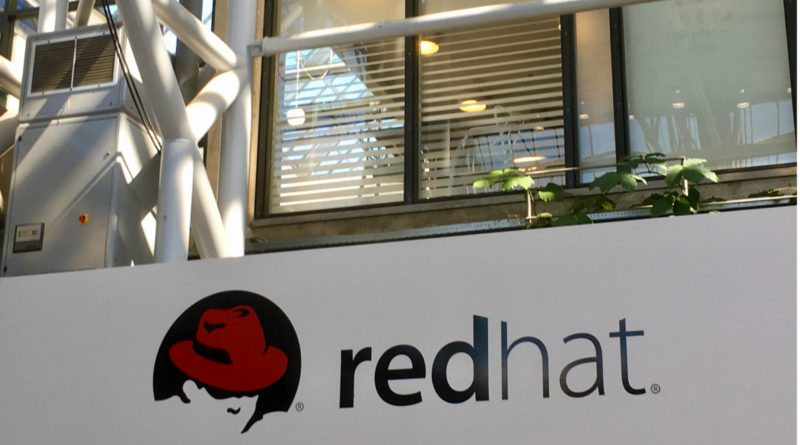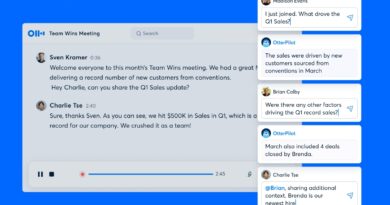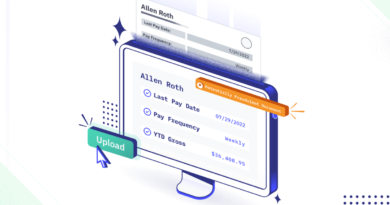Red Hat brings generative AI to IT automation with Ansible Lightspeed
Red Hat is holding its annual customer summit in Boston this week, and today it announced a couple of enhancements to Ansible, its open source IT automation tool, including the new AI-fueled Lightspeed.
Automation at its core is about distilling complex processes into a playbook or recipe of actions. The next step is building low-code and no-code workflows. The recent rise of generative AI could strip that process down even more to simply describing the process and letting the tool do the rest, creating a set of steps and providing the necessary code and tools to move it through a work process without much further human intervention required (at least in theory).
That’s what Red Hat wants to do with Lightspeed, its new generative AI-driven tool being announced today, and coming out later this year.
Thomas Anderson, VP and GM for the Ansible business unit, says Lightspeed is combined with IBM’s Code Assistant and IBM’s foundational models and specifically trained on Ansible’s automation language to make it easier to build automations.
“We’re really focused with IBM in this use case specifically on Ansible automation, not just automation in general, but specifically the language of Ansible and automating using Ansible,” Anderson told TechCrunch.
This is an approach that we’re seeing increasingly from enterprise companies, who are building more focused models, geared specifically to the unique requirements of their customers, rather than the broad approach being taken by OpenAI, Microsoft and Google, among others. In this case, Red Hat is teaming up with its parent organization IBM, which bought the company in 2018 for $34 billion. While the two organizations operate separately for the most part, this is a case where Red Hat is taking advantage of the relationship to bring a generative AI product to market more quickly.
“So the Watson Code Assistant for Ansible Lightspeed uses IBM’s large language model that is trained on the breadth of the Ansible ecosystem, all of the playbooks, all of our own subject matter expertise, and the community contributing to it.”
When a user describes a workflow, Lightspeed creates it based on the description. Further, it shows the sources of its work, so the IT pro checking the generated playbook can make sure that they can trust the sources before running it. Anderson says there will be other features built with enterprise safety in mind when the enterprise version comes out later this year.
“We have this roadmap for Ansible Lightspeed with a public version everybody can use that helps us train the data model. And then later on this year, in October, we’ll be launching the enterprise version with IBM,” he said.
Over time, the types of jobs IT pros have to do requires broad levels of expertise, and it’s not always easy to find employees who have the required knowledge. By putting generative AI to work on the problem, it could help close the skills gap. “It means a subject matter expert can be far more productive, and on the other hand, you can bring in new people who don’t have to be Ansible experts in order to get going with Ansible and automation,” Anderson said.
As interesting as this sounds, open source Ansible users won’t have access to a preview until later this year. An enterprise version could be available as soon as this fall.
While the company was at it, it announced a related product called Event-driven Ansible, which helps automate more advanced developer or SRE tasks, sometimes known as Day 2 operations. This piece is generally available starting today.
Red Hat brings generative AI to IT automation with Ansible Lightspeed by Ron Miller originally published on TechCrunch





